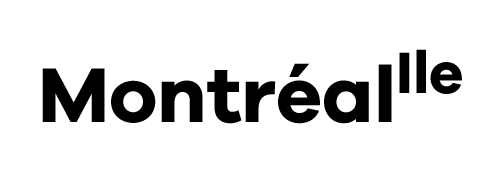Flag Survey: Your Opinion Counts
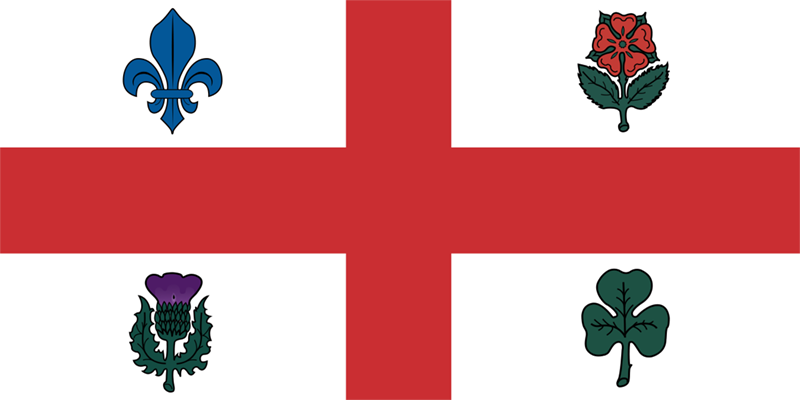
The current flag was designed in 1938 by Jacques Viger, the city's first mayor. He used symbols that originate from Montréal's coat of arms, which dates from 1833. The French, English, Scottish and Irish origins are seen in the fleur-de-lis, rose, thistle and shamrock, respectively. The cross indicates that Ville-Marie was founded as a Catholic city.
Concerns with the current flag are that it is euro-centric, complex, many coloured, and not very Canadian or reflective of the indigenous cultures or diversity of people that make Montréal what it is today, as noted by APTN, CBC, CTV. Hence Mayor Denis Coderre is looking to change the city's flag to better reflect the true origins and identity of the city.
We've started this community-driven project to get your input, leading to the following proposed design:
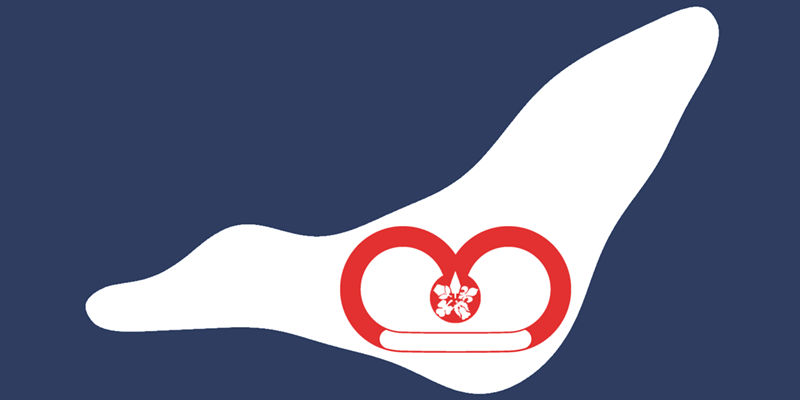
Concept
After 375 years of existance, doesn't Montréal deserve a flag that more fully represents what it is over time and space, rather than just reflecting 4 selected parts of historic Europe?
Shouldn't it reflects the City's unique identity and distinctive position in Canada while also respecting the First Nations that have lived here for millennia?
We choose to update the euro-centric image with a new visual identity that reflects the breadth of the City's past, present and future identity.
A receptive island in a great river, a peaceful confluence of cultures, Montréal encompasses a strong indigenous heritage and an incredible diversity of talent today.
This proposed design shows the Island of Montréal rounded to depict a diving bird and dressed in white to represent peace and snow within in the deep blue of the Saint Lawrence River.
A distinctive 'm' shares its contours with those of the familiar emblem of Montréal.
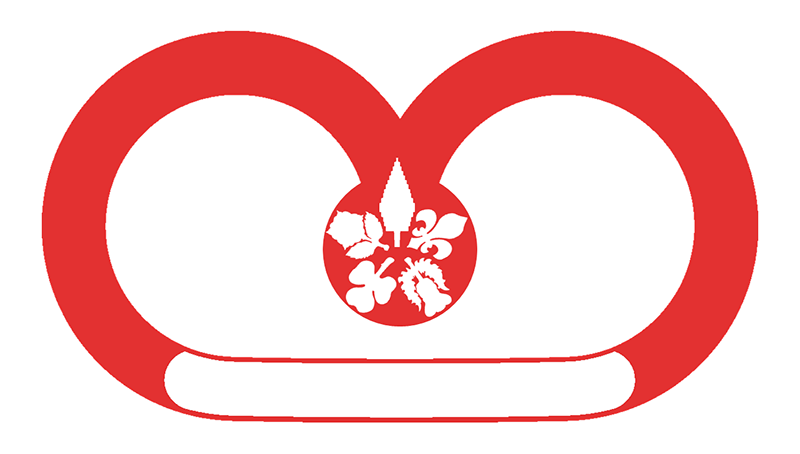
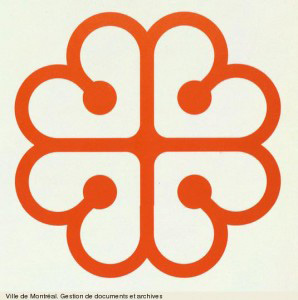 The image includes a reductionist version of the rosette designed by Jean Drapeau to symbolize Ville de Montréal. One of the four petals is used with the arms of the 'm' joined by a canoe, and a Great Tree of Peace is assembled with the four original symbols in its heart.
The image includes a reductionist version of the rosette designed by Jean Drapeau to symbolize Ville de Montréal. One of the four petals is used with the arms of the 'm' joined by a canoe, and a Great Tree of Peace is assembled with the four original symbols in its heart.
 The Tree is derived from the Haudenosaunee flag, which shows the nations united by the Peacemaker and Hiawatha.
The Tree is derived from the Haudenosaunee flag, which shows the nations united by the Peacemaker and Hiawatha.
Images of the Island of Montréal by Karonhí:io Delarond and Jordan Engel (top, left) and NASA (below) inspired our design:
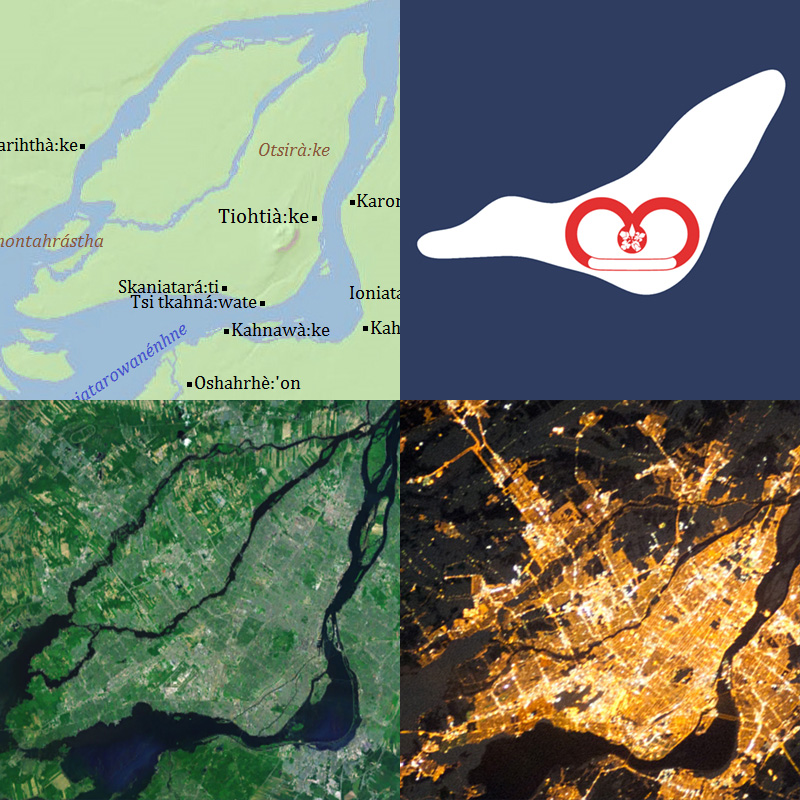
Next steps
We welcome your input as this remains very much an open, community-driven project. We'll share the images for people to use via the creative commons. We'll let you know as a consensus develops.
Thank you for your vote and comments, and for spreading the word.
Note on openness to citizen involvement
The successful branding of Montréal including development of a new city flag depends on the role given to stakeholders.
Citizens are the most important of these, as they are core to the identity of the place, they act as ambassadors (if satisfactorily included), and they ultimately finance the effort (and can jettison it if excluded).
According to Kavaratis (1) "there is an urgent need to rethink the role of stakeholders towards a more participation and involvement-orientated practice" rather than being paid “lip service” or being considered a “necessary evil”.
In fact, it is apparent that "city brands that are developed behind closed doors and do not reach out to a wide range of stakeholders, fail".
A survey data by Eshuis and colleagues (2) shows that citizen involvement in the process is rare but, when it occurs, it enhances the quality of place marketing. Moreover the emotions and feelings of the commuity become integrated, leading to genuine outcomes.
In reality, it is the residents who are most able to communicate informal and authentic insider information to wide audiences according to Braun et al. (3). They are "living the brand", and are invaluable champions of the place. The development of an inclusive brand also provides a way to bring together diverse communities.
The best way to engage citizens is surprisingly easy. According to Zenker and Seigis (4), what citizens most want is to be asked for their opinions, and to have their views respected.
Participation should be enabled not just at the initial, visioning stage. Ideally there should also be accessible support of proposals and monitoring of their progress, as suggested by Zenker and Erfgen (5). This empowers the people, and can maximize the social and economic impacts.
References
1. M Kavaratzis, (2012) "From “necessary evil” to necessity: stakeholders' involvement in place branding", Journal of Place Management and Development, Vol. 5 Issue: 1, pp.7-19.
2. J Eshuis, EH Klijn, E Braun (2014) Place marketing and citizen participation: branding as strategy to address the emotional dimension of policy making? International Review of Administrative Sciences, Vol. 80(1) 151–171.
3. E Braun, M Kavaratzis, S Zenker, (2013) "My city – my brand: the different roles of residents in place branding", Journal of Place Management and Development, Vol. 6 Issue: 1, pp.18-28.
4. S Zenker, A Seigis, (2012) "Respect and the city: the mediating role of respect in citizen participation", Journal of Place Management and Development, Vol. 5 Issue: 1, pp.20-34.
5. Sebastian Zenker, Carsten Erfgen, (2014) "Let them do the work: a participatory place branding approach", Journal of Place Management and Development, Vol. 7 Issue: 3, pp.225-234.
